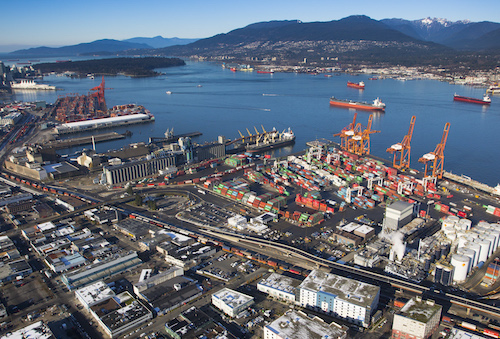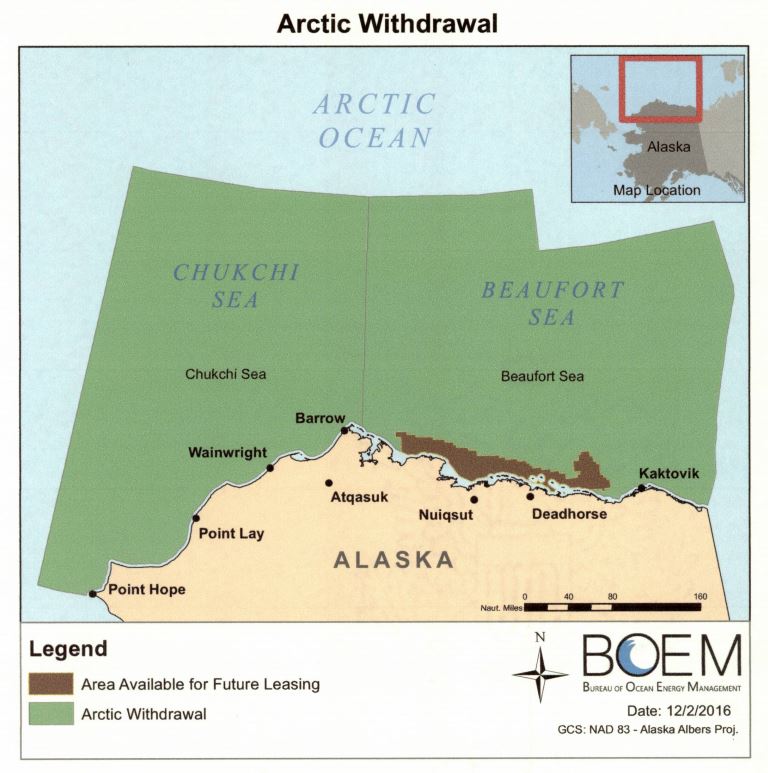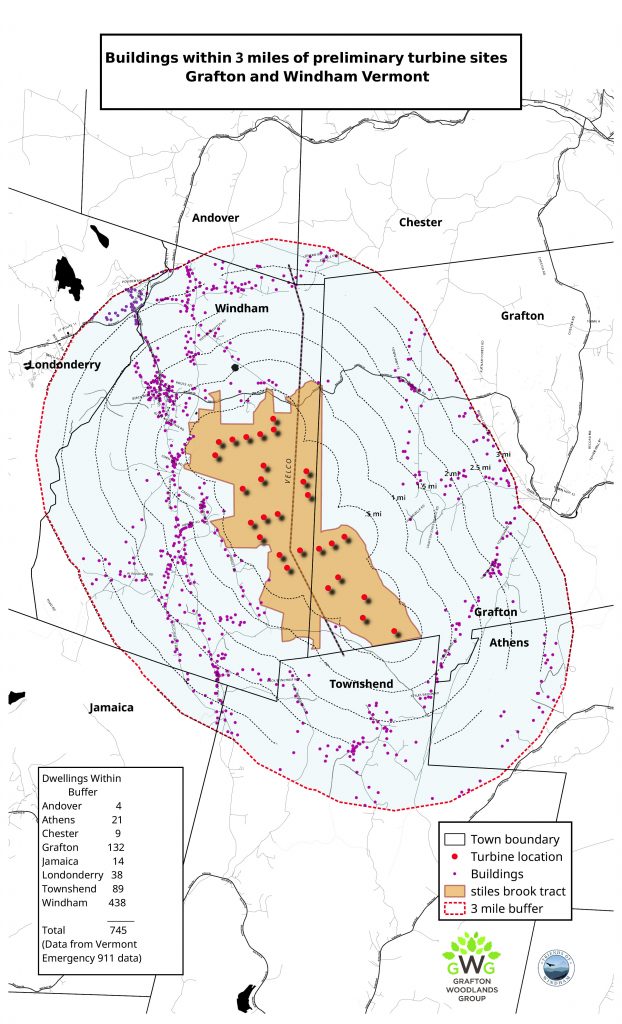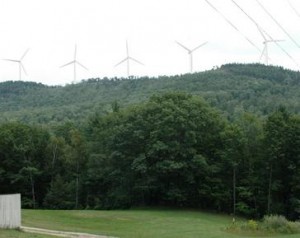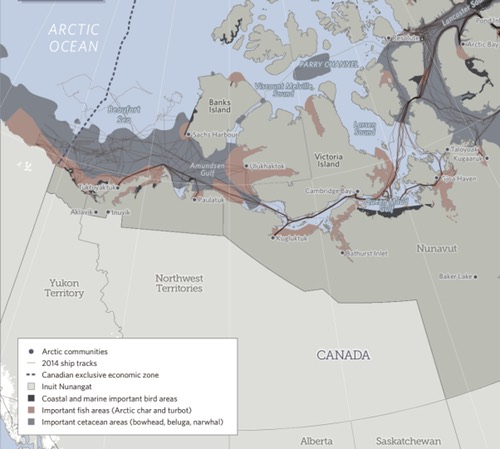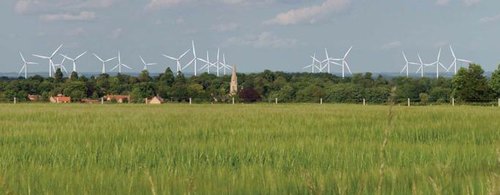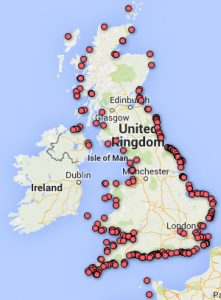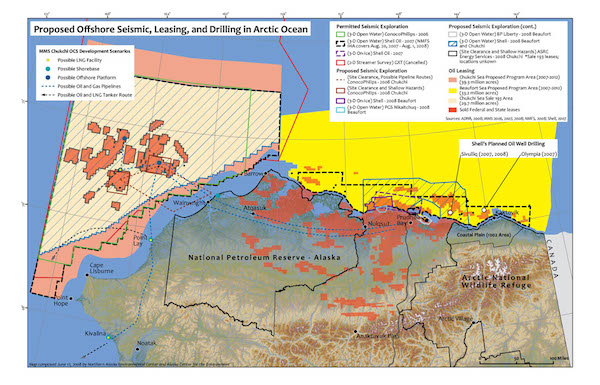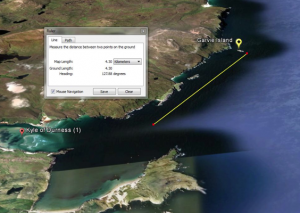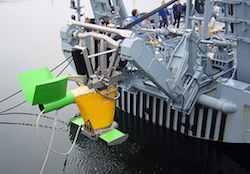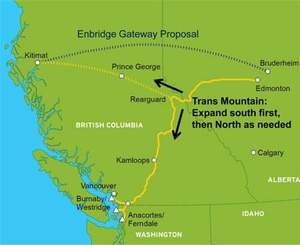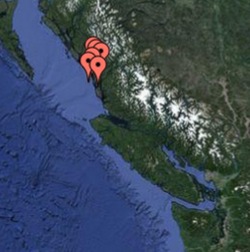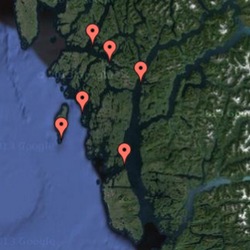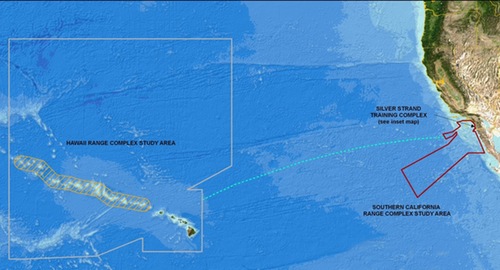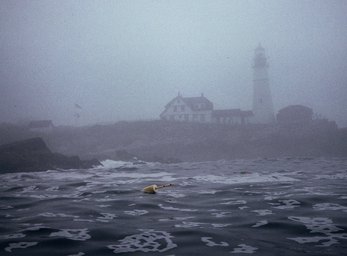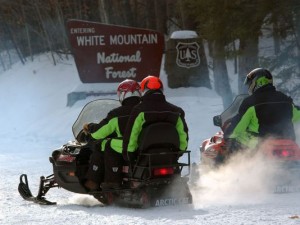VT legislature accepts turbine noise limits, drops setback requirement
News, Wind turbines Comments Off on VT legislature accepts turbine noise limits, drops setback requirementMore restrictive noise limits on industrial wind turbines are one key step closer to implementation in Vermont. In May, the Public Service Board proposed that the current 45dB limit be reduced to 42dB during the day and 39dB at night, along with a setback requirement of 10x the turbine height (4000-5000ft for modern turbines). A legislative committee has been reviewing the proposal to assure it complies with the “legislative intent” behind the bill that called for revised standards, and this month that committee dropped the setback requirement, then in its next meeting accepted the noise limits.
A key element in the legislative intent was to encourage continued expansion of renewable energy in Vermont. The PSB was charged with crafting a policy to balance this goal with concerns that the previous siting standards were leading to noise complaints and health concerns. Residents near three wind projects have filed complaints that the 45dB limit has been exceeded, and/or that it did not achieve its stated aim of keeping noise inside homes below 30dB. Sound studies carried out after these complaints have found noise levels a few decibels over the targets, at times; in addition, there is much debate over exactly how much outside noise is reduced as it enters the house. It appears that the 6dB reduction in nighttime noise levels is likely to resolve many or most of these potential problems.
The proposed day and night limits are in part designed to facilitate the use of turbines that utilize now-standard “noise reduced operation” at night when needed; NRO settings change the blade angles to reduce noise (and, to some degree, power output) by about 3dB. (See this PSB letter discussing its final proposal, including responses to comments submitted on the draft.)
While lower sound limits will surely help reduce the extent of complaints, noise violations are complex to enforce; this is why setback limits are often used as a way to achieve similar aims. The challenge there is that setbacks don’t account for situations (topography and wind direction) that can reduce noise levels, so they can be overly restrictive. The PSB aimed to counter this concern by incorporating a process whereby the setback requirements could be reduced if the wind company showed they could do so without exceeding the noise standards. But the legislative oversight committee rejected this approach, opting to rely solely on noise limits.
As a practical matter, achieving the 39dB limit will require setbacks of several thousand feet in most cases. This has caused wind advocates to decry the change, claiming that ridgetop energy will be effectively banned. Margaret Cheney, a member of the PSB (which changed its name in July to the Public Utility Commission) stressed that the rules as proposed should not stop wind development and that they would not have offered standards that would do so. The PSB/PUC believes that wind developers can take advantage of the “participating landowner” provisions to negotiate agreements with neighbors who live close enough that the 39dB limit may be difficult to meet. As the PSB letter noted, “It is the Board’s goal that more ‘buy-in’ from neighbors during the planning process will lead to projects with more support and less controversy.”
To explore the recent history of rulemaking and noise issues in Vermont, see this collection of earlier AEInews coverage.



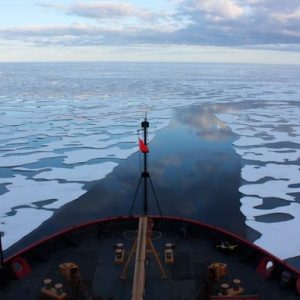 In yet another unforeseen consequence of global warming, scientists have begun charting the extent of a new underwater sound channel in the Beaufort Sea north of Alaska. As
In yet another unforeseen consequence of global warming, scientists have begun charting the extent of a new underwater sound channel in the Beaufort Sea north of Alaska. As 